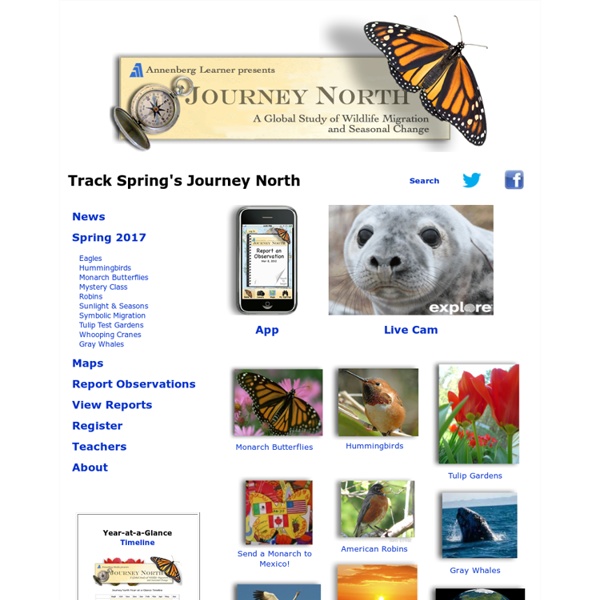Journey North Citizen Science: A Global Study of Wildlife Migration and Seasonal Change

Encouraging kids’ socio-emotional development. | Tinybop
We’re beyond excited to introduce Me — our newest app, the fifth in the Digital Toys series — not a moment too soon. Like other Digital Toys apps, Me encourages creative thinking. But it’s also our first app specifically designed to support kids’ socio-emotional development. Me gives kids a safe place to tell their stories, express their identities and feelings, and to document the world around them. Kids can respond to 100s of questions about their feelings and preferences, their families, friends, schools, and homes to create vibrant, dynamic self-portraits in photos, GIFs, pictures, words, and recordings. At a time when teachers are reporting an increase in bullying and anxiety These skills are essential to children’s ability to positively contribute to the world and to their academic success. Update: Me is now available on the App Store. Tips and resources To read aloud To watch E is for Empathy with Elmo Have something to add to this list?
CreekWatch
Duck Duck Moose educational iPhone iTouch, iPad Android apps for kids
What's Invasive
Invasive species are a threat to native plants and animals, crowding natives, consuming food sources, or acting as fire hazards. We have found that having groups such as schools run short-term "campaigns" is highly effective for locating invasive species. Join the fight against invasive species! Use your Android or iPhone to help us locate invasive species! Step 1. There are currently 249 registered users who have contributed 10824 observations of 216 invasive species in 108 active sites!
Related:
Related:



